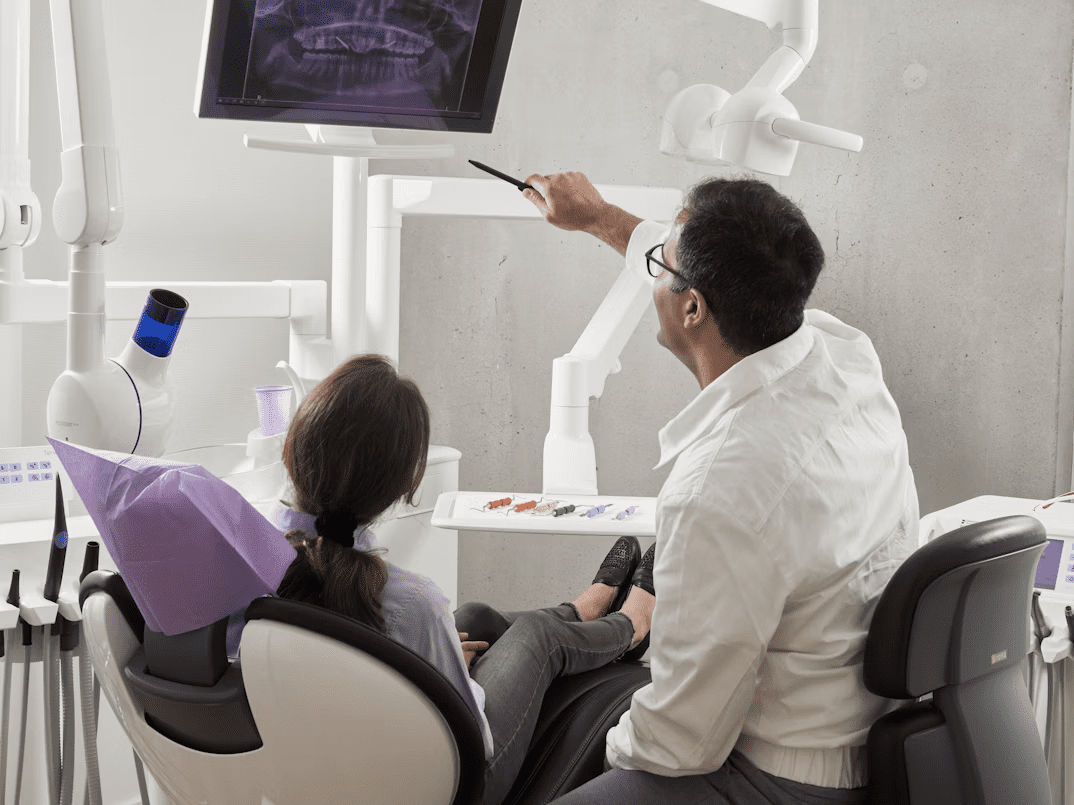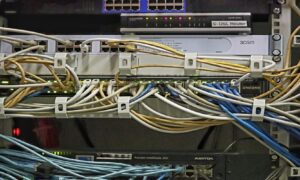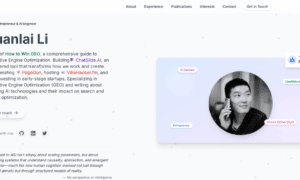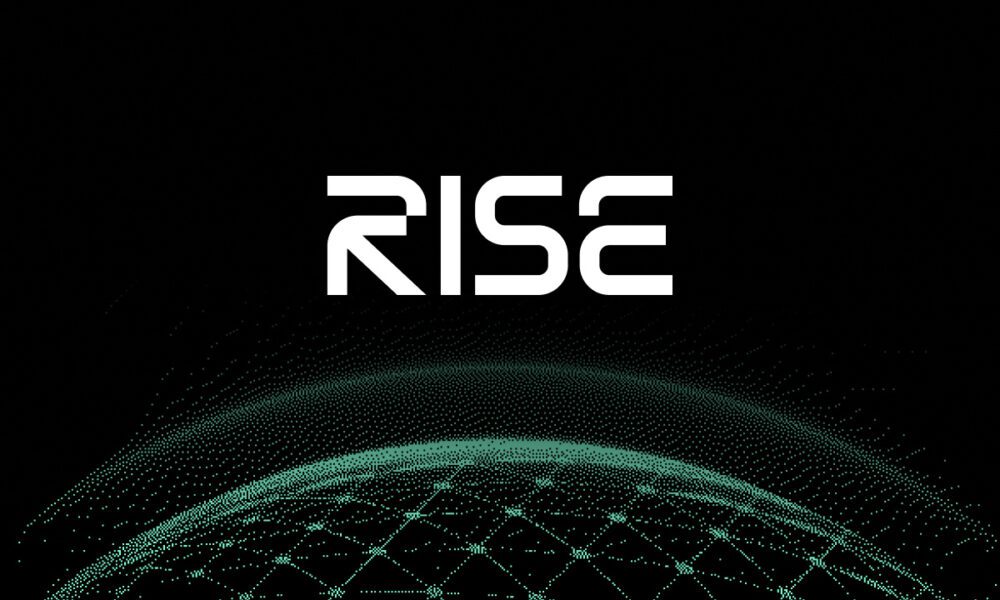The dental field has transformed dramatically with the rise of digital tools, modern imaging systems, and innovative patient care technologies. Dentists today combine precision engineering, advanced materials, and data-driven systems to provide care that feels smoother, faster, and more comfortable than ever before. Patients benefit from improved accuracy in diagnosis, shorter treatment times, and more personalized care experiences that reflect the progress of modern medicine.
Technology’s influence on dentistry extends from everyday procedures to complex restorative treatments. Each advancement strengthens patient confidence and helps dental professionals focus on comfort and results. The shift toward digital workflows eliminates unnecessary steps, streamlines communication, and reduces discomfort during treatments.
Understanding the Digital Shift in Modern Dentistry
Digital technology has created a new foundation for diagnosis, treatment planning, and execution. Traditional methods that relied on manual impressions, two-dimensional X-rays, and subjective evaluations have evolved into highly accurate, computer-assisted systems. Intraoral scanners, digital imaging, and 3D modeling have changed how dentists view and treat oral structures.
Advanced imaging systems such as cone-beam computed tomography (CBCT) provide detailed 3D images of teeth, gums, nerves, and bone. These scans offer precise insights into the mouth’s structure, allowing for safer and more effective treatment planning. Digital impressions reduce the need for uncomfortable molds, making the experience more pleasant while delivering better accuracy.
Modern clinics that embrace technology lead with precision and care. Facilities like Smile 4 Texas and similar ones integrate state-of-the-art imaging tools and computer-aided design systems to create tailored treatment plans that reflect each patient’s individual needs. These practices demonstrate how innovation elevates both patient comfort and clinical performance. The integration of such systems shows the growing partnership between engineering and healthcare, leading to better outcomes and more efficient services.
Digital tools extend beyond imaging. Artificial intelligence systems assist dentists in identifying decay, misalignment, and gum disease earlier than manual observation allows. Machine learning algorithms compare thousands of data points from global databases, helping dentists make informed decisions that protect long-term health.
The Power of 3D Printing in Restorative Dentistry
3D printing has revolutionized the production of dental crowns, aligners, and implants. This technology replaces traditional lab work with digital fabrication that uses computer-aided design to craft perfectly fitted components. The process reduces waiting times, improves precision, and minimizes adjustments after installation.
Dentists now design restorations digitally, send the specifications to a 3D printer, and produce the final piece within hours. This workflow enhances communication between the dentist and technician, ensuring that restorations fit comfortably and look natural. Materials used in dental 3D printing, including resin, ceramic, and polymer, offer strength, biocompatibility, and aesthetic appeal suitable for long-term use.
Patients appreciate the speed and customization that 3D printing delivers. A single visit may include scanning, design, and production of a restoration, removing the need for multiple appointments. This shift aligns with the broader goal of improving convenience without sacrificing quality.
Laser Dentistry and Patient Comfort
Laser technology has become one of the most effective tools in modern dental practice. Lasers provide minimally invasive treatment options for gum reshaping, cavity removal, and soft tissue procedures. Their precision minimizes bleeding, swelling, and healing time, making procedures less intimidating for patients.
The controlled nature of laser energy allows dentists to target affected tissue with remarkable accuracy. This precision reduces the need for anesthesia in certain procedures and supports faster recovery. The reduced discomfort and shorter treatment duration enhance the overall patient experience, especially for those with dental anxiety.
Beyond treatment, lasers play a role in sterilization and bacterial control. Their ability to disinfect surfaces within the mouth lowers the risk of post-procedure infection, strengthening long-term oral health.
Robotics and Automation in Dental Surgery
Robotics have entered dentistry as valuable tools that improve accuracy and control during complex procedures. Computer-guided systems assist in implant placement and surgical navigation, offering real-time feedback that reduces human error. This combination of human expertise and robotic precision creates safer outcomes and preserves surrounding tissue.
Automation supports consistency in treatment delivery. Dentists use robotic systems to plan surgical paths with millimeter-level accuracy. These systems help achieve ideal alignment, reducing the likelihood of complications. For patients, this means faster recovery and reduced discomfort.
The technology behind robotic-assisted surgery continues to improve with each generation. Integration with digital imaging allows surgeons to visualize bone density and nerve positions in real time, helping them make informed adjustments during operations.
The Role of Artificial Intelligence in Predictive Care
Artificial intelligence enhances preventive care through data analysis and predictive modeling. AI tools process vast amounts of patient information to detect patterns linked to disease development. Early detection allows dentists to intervene before symptoms escalate, saving time and reducing long-term costs.
Predictive systems identify cavities, gum disease, and bite irregularities from imaging data. These insights guide treatment plans that focus on prevention rather than reaction. For instance, AI-powered applications can alert both dentist and patient to changes in bone structure or enamel density, prompting early care that avoids future complications.
AI also streamlines administrative tasks such as appointment scheduling, record management, and insurance verification. This efficiency frees dental professionals to spend more time focusing on direct patient care.
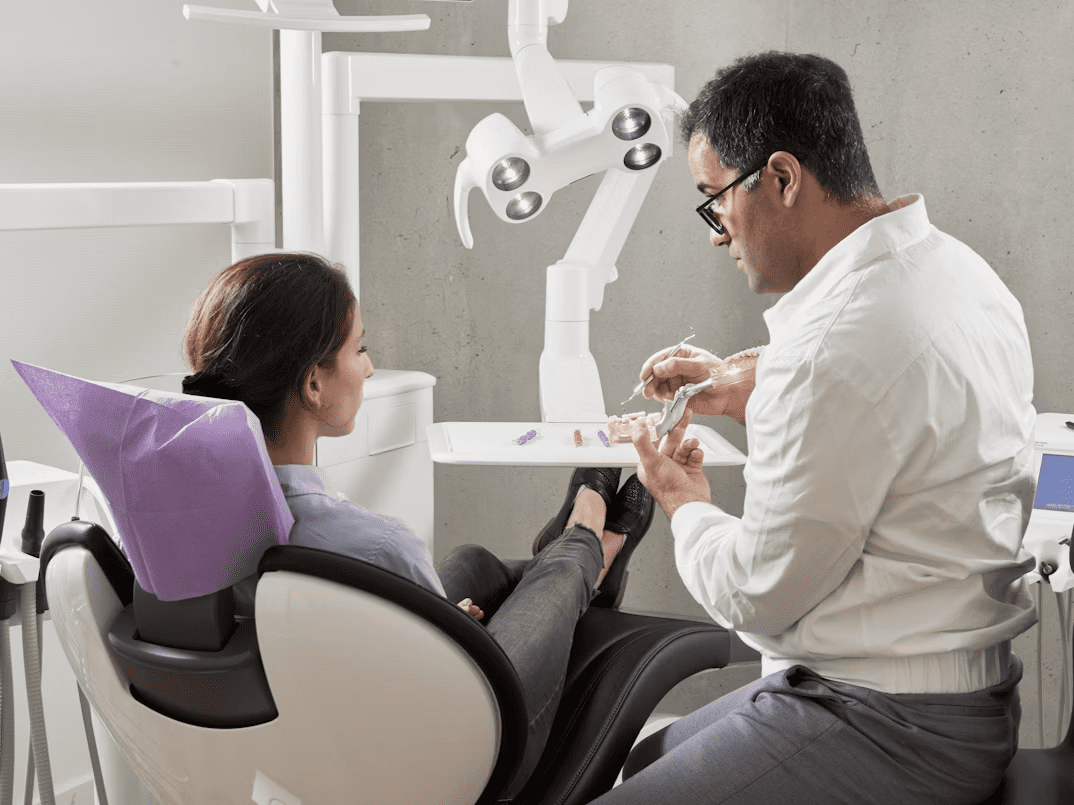
Modern dentistry stands at the intersection of science and technology, transforming patient experiences and setting new standards for care. The advancements shaping the clinics, from digital imaging to AI diagnostics, reflect a commitment to precision, efficiency, and compassion. As innovation progresses, patients can look forward to more comfortable treatments, lasting results, and a truly personalized dental journey that redefines the meaning of a healthy smile.

